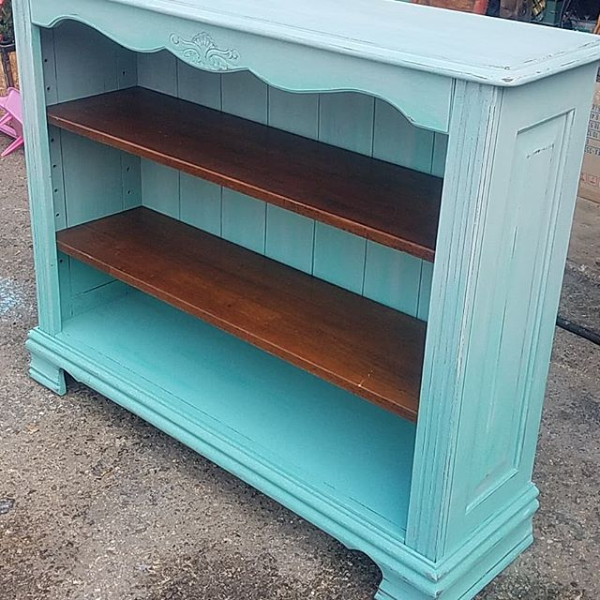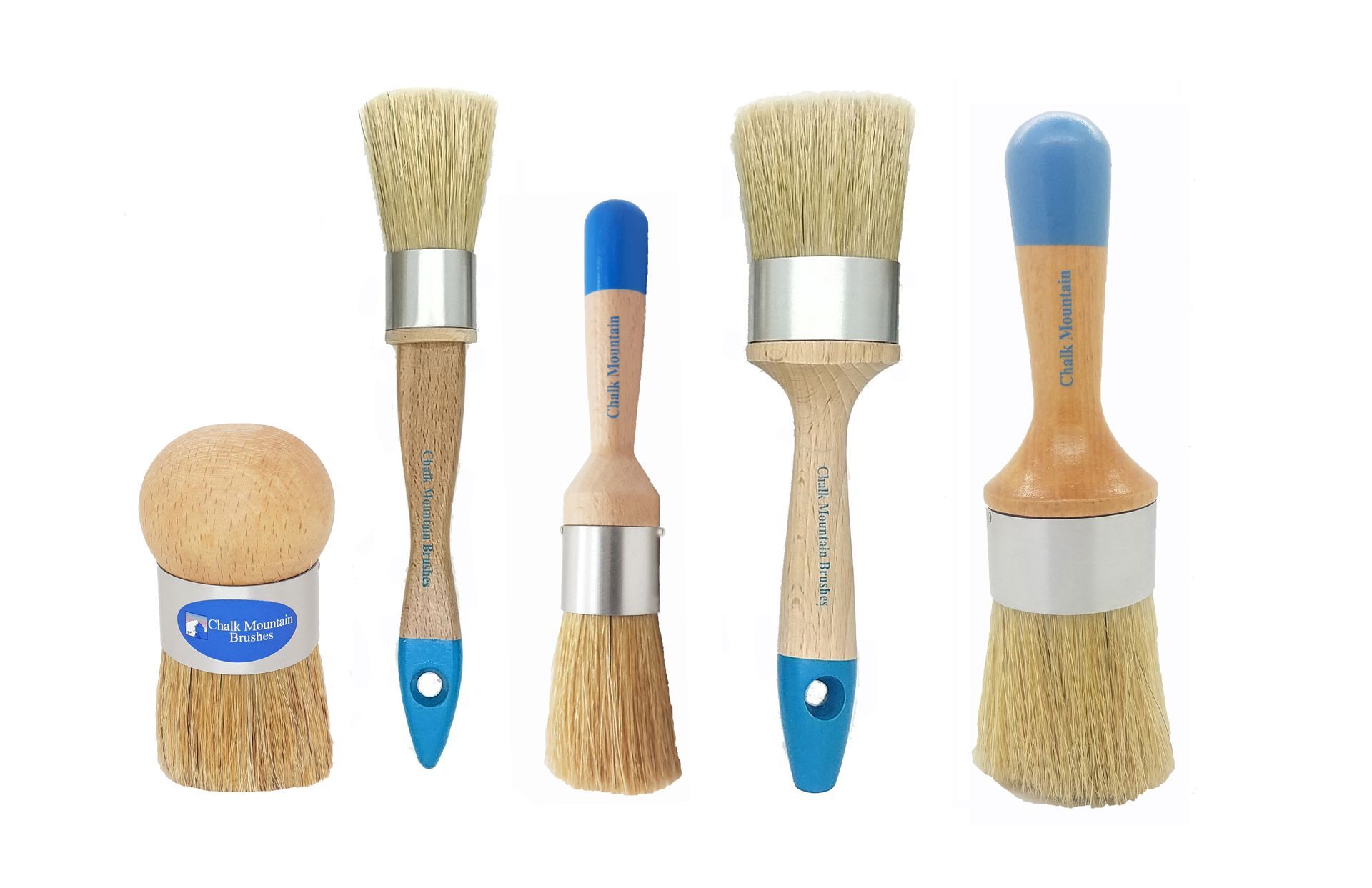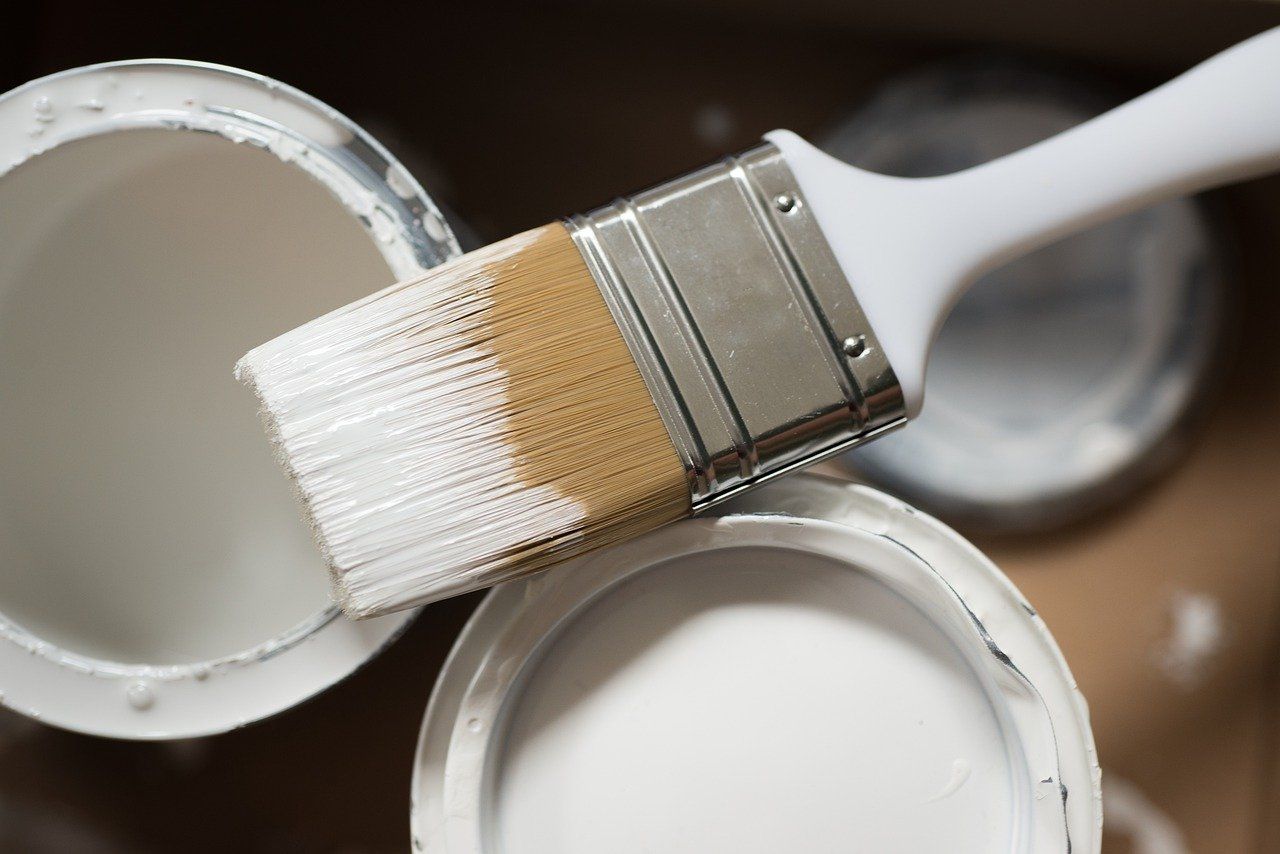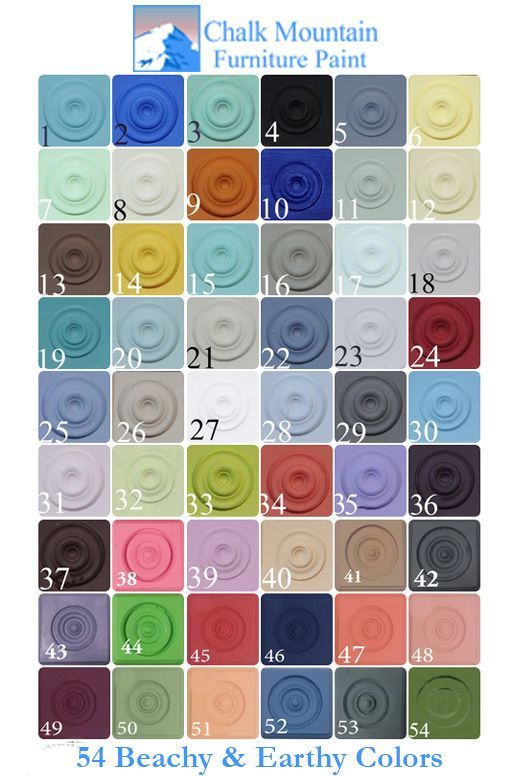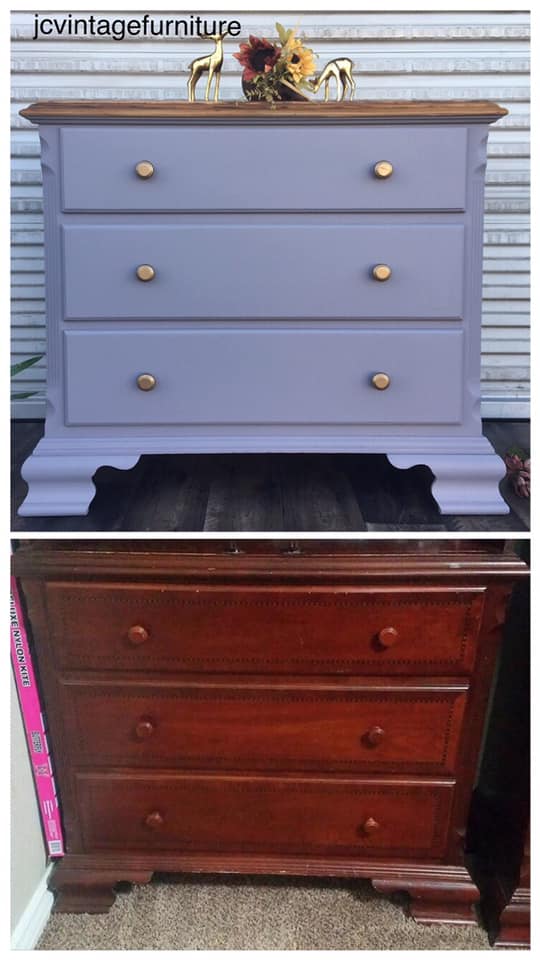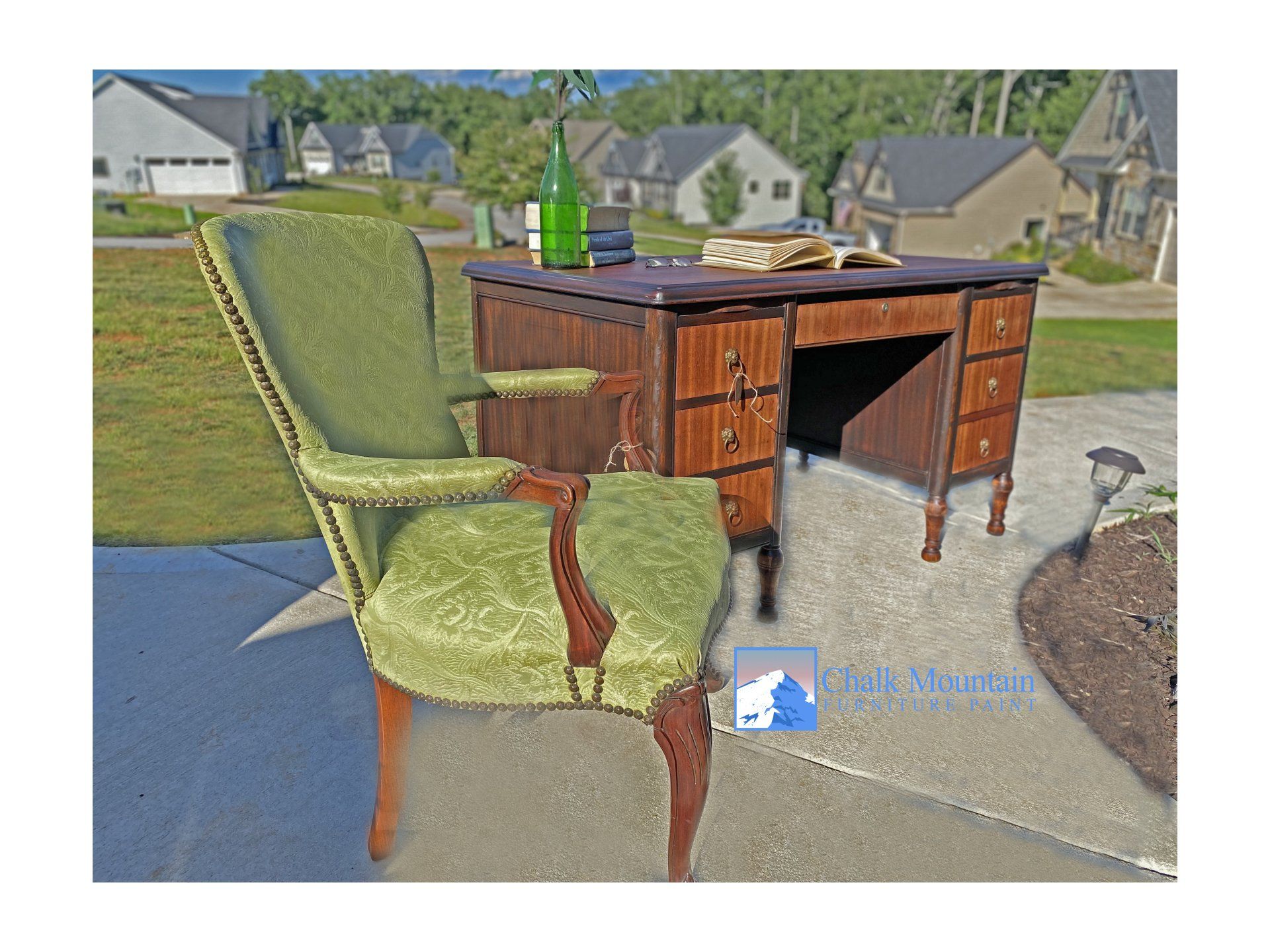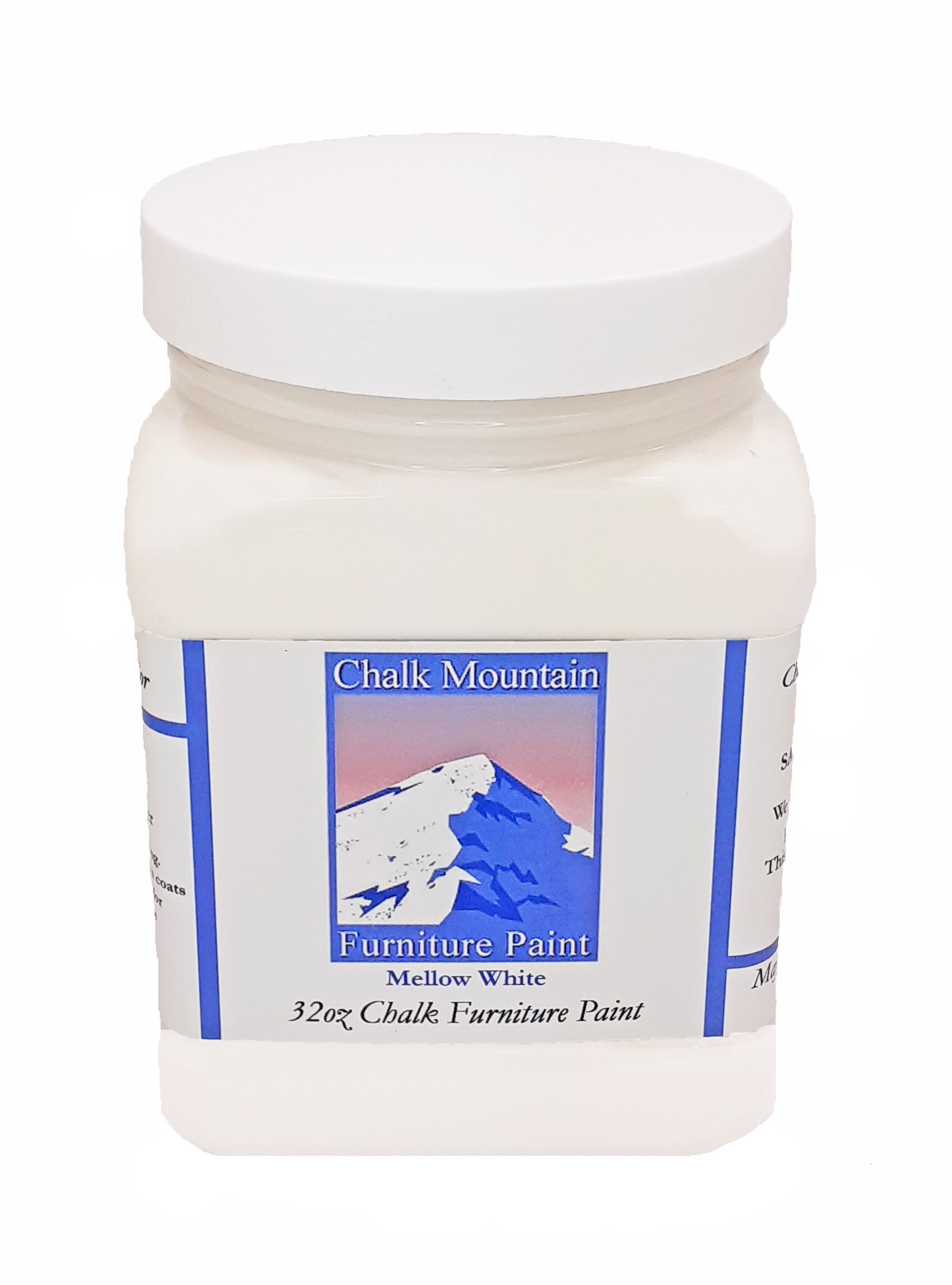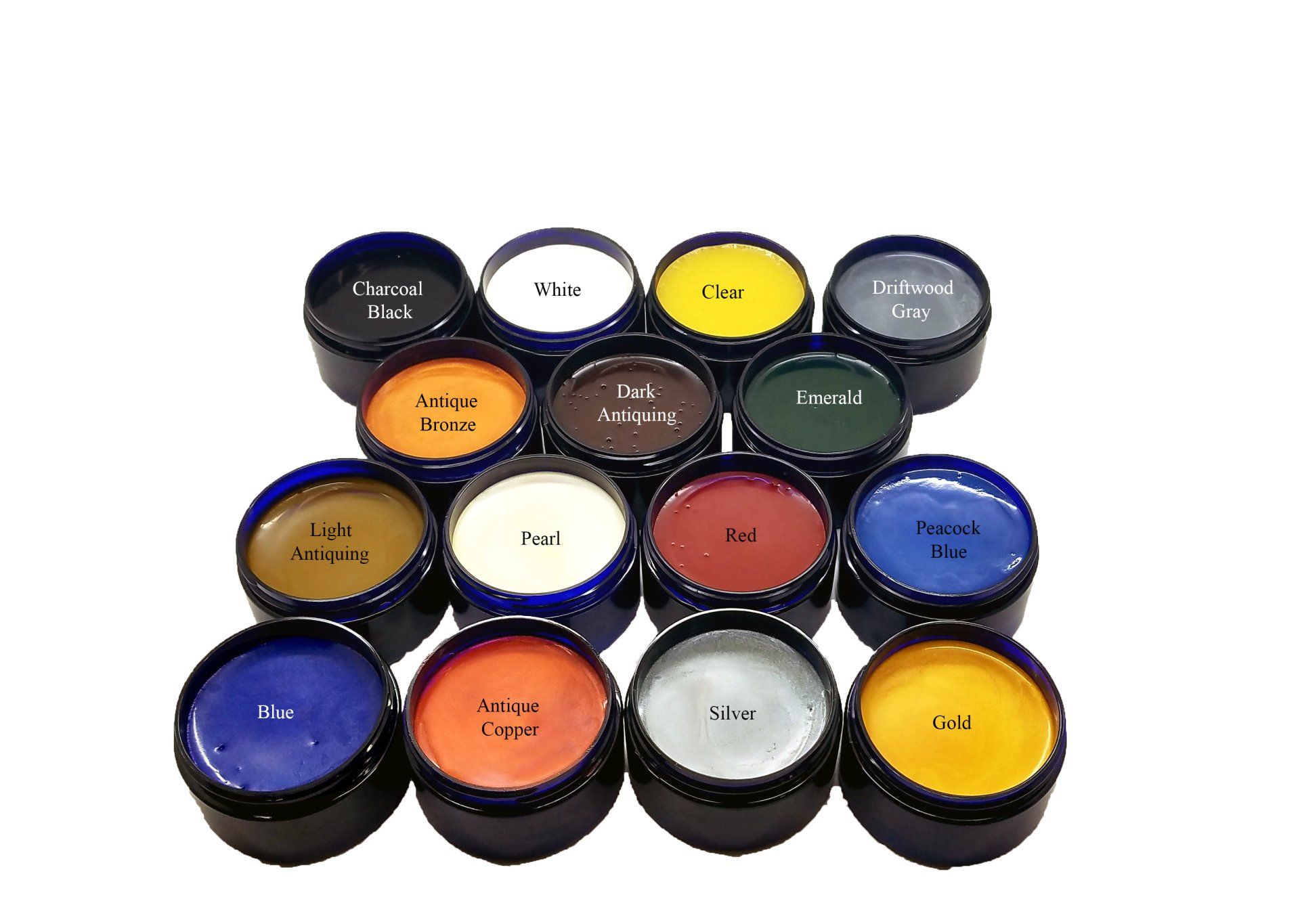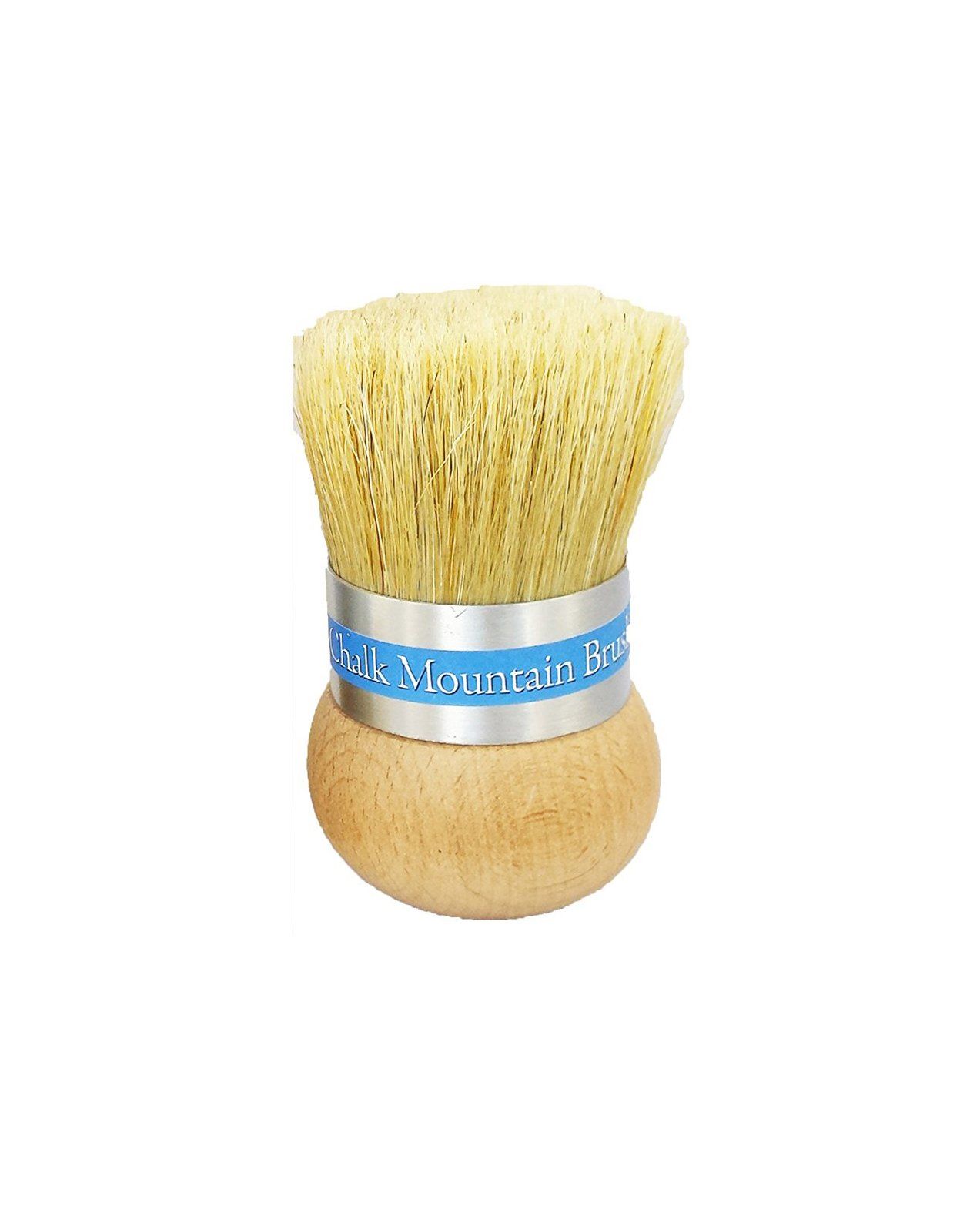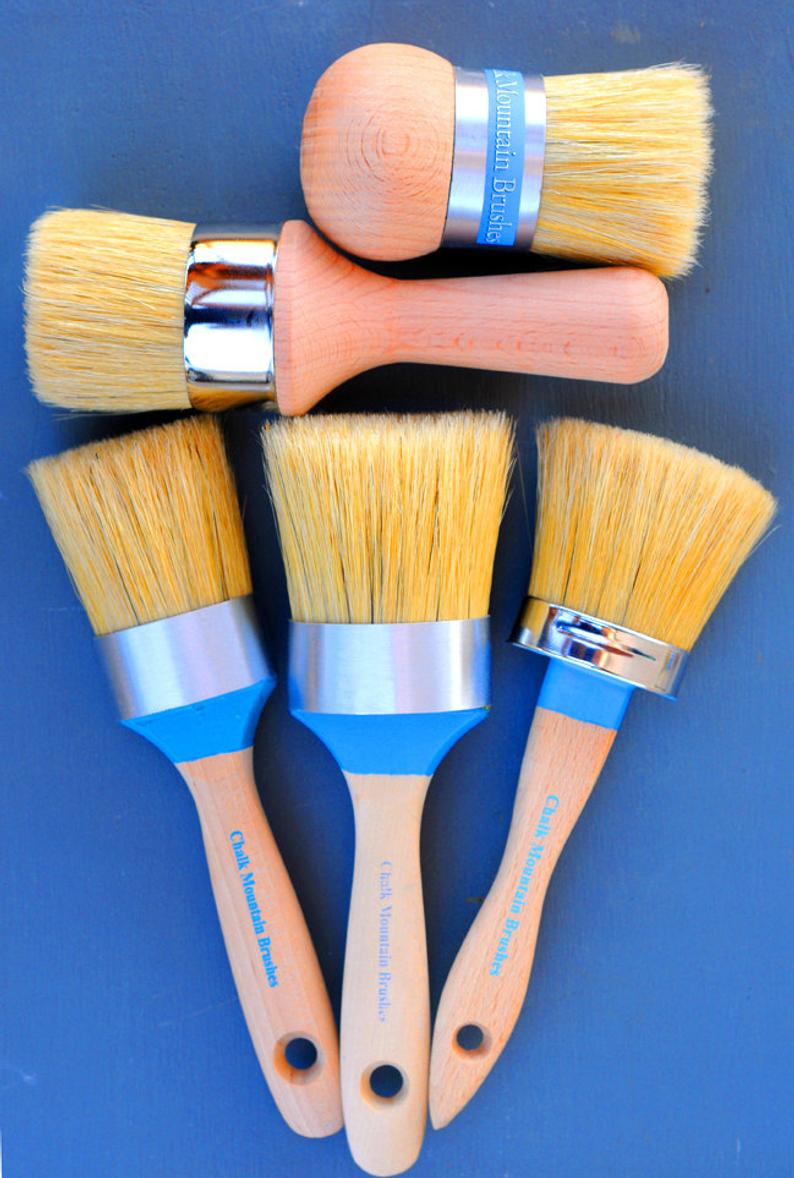The Benefits of Furniture Restoration
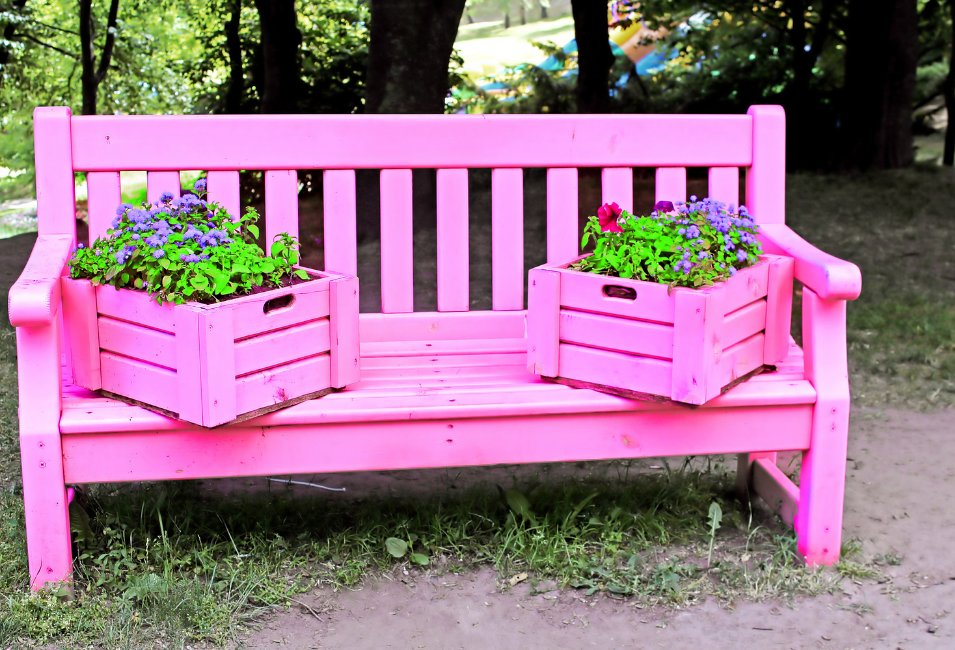
Benefits of Furniture Restoration
Furniture restoration is the process of returning a piece of furniture to its original condition or a close approximation of it. This can involve a variety of tasks, such as cleaning, repairing, and refinishing. Furniture restoration can be a rewarding hobby or a professional business.
There are many benefits to furniture restoration. First, it is a great way to save money. Instead of buying new furniture, you can restore old pieces that have been passed down in your family or that you have found at thrift stores or garage sales. Second, furniture restoration is a sustainable way to furnish your home. By restoring old furniture, you are keeping it out of landfills and reducing your environmental impact. Third, furniture restoration can be a very satisfying hobby. It is a great way to learn new skills and to be creative.
The process of furniture restoration can vary depending on the piece of furniture and its condition. However, there are some general steps that are involved in most restoration projects.
Types of Furniture Restoration
There are two main types of furniture restoration: light restoration and comprehensive restoration.
Light restoration involves cleaning, repairing, and refinishing a piece of furniture to its original condition. This type of restoration is typically less expensive than comprehensive restoration.
Comprehensive restoration involves restoring a piece of furniture to its original condition, or even better than its original condition. This type of restoration is more expensive than light restoration, but it can result in a piece of furniture that is as good as new.
Cleaning
Step 1 in furniture restoration is to clean the piece of furniture. This will remove dirt, dust, and grime that may have accumulated over time. You can clean furniture with a variety of methods, such as dusting, vacuuming, and using a damp cloth.
Step 2 Repairing Once the furniture is clean, you can begin to repair any damage. This may involve fixing cracks, dents, or loose joints. You may also need to replace missing or damaged parts.
Step 3 Refinishing is The final step in furniture restoration is to refinish the piece of furniture. This will give it a new coat of paint or finish. You can choose from a variety of finishes, such as stain, varnish, or lacquer.
Tools and Materials for Furniture Restoration
There are a variety of tools and materials that you will need for furniture restoration. Some of the most common tools include: Saws, Chisels, Sandpaper, Wood filler, Stain, Varnish & Lacquer. You will also need a variety of materials, such as: Wood, Fabric, Leather, Upholstery & foam.
Where to Learn Furniture Restoration
There are a few different ways to learn furniture restoration. You can take a class at a local community college or adult education center. You can also find books and online tutorials on furniture restoration.
Are you ready to Restore & Bring New Life to your Project? Order your Chalk Mountain Furniture Paint
Check out our store today! We are a brand you can trust...Guaranteed!
https://www.chalkmountainpaint.com/store/
